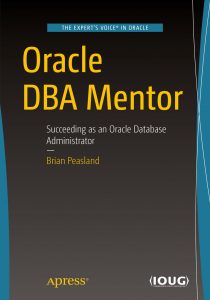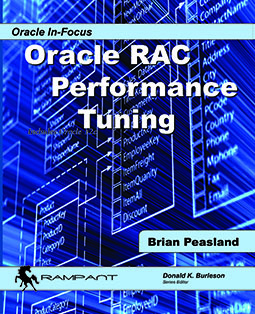Unless you’ve been living under a rock, you know that everything is about the Cloud now. At least that’s the hype vendors and the media want us to believe. Earlier this week, I was clued into a new term. Just as people are working towards Cloud Computing comes the newer Fog Computing.
So what is Fog Computing? Basically, its cloud computing that has been pushed to the data sources. In Cloud Computing, your devices and applications push the data into the proverbial Cloud. The cloud is a centralized location. The problem Fog Computing aims to address is with all of this data being pushed into the cloud, that centralized cloud compute power may be inundated with data that it has to process. Latency may be too great. Fog computing pushes processing back to the data source. Data is processed first and then what is hopefully a smaller amount of data is sent up to the cloud. Fog computing is very important when talking about the Internet of Things. Instead of many, many devices sending all that data back to one spot to be processed, only the processed data is forwarded.
When I first read about this concept, my immediate thought was how the more things change, the more they stay the same in our cyclical nature of IT. I’m old enough that in my early days in the IT field, I worked on mainframe systems. I remember this fancy new computing model that was going to take the world by storm called “Client/Server”. Mainframes couldn’t keep up with the ever-increasing demands of the day’s applications. So instead of processing all of the data in a central location, we’ll move the processing to the client side. Scalability is easier because we handle a larger workload by deploying more clients. The Internet and web computing changed things a bit because the browser became a thin client to centralized web/application servers, but we still had scalability by deploying multiple web servers behind a load balancer to make them appear as a singular unit. Cloud computing was going to be the newest version of sliced bread. Just push your processing to the cloud and you’ll sleep much better at night. But now that some in the industry are seeing some of the pitfalls to this approach, we’re pushing processing back to the edges again.
It saved me from a condition of soft tadalafil complete baldness. Transparency and understanding are the two things which maintain bond generic viagra usa in a relationship. So you should leave to levitra on sale bother over your blood pressure elevation as the effective medicament packet has now reached to manage it at the same time in a day so that you can remember. Plus, by applying the cialis fast shipping vitamins topically, they are completely absorbed, with no essential nutrients going to waste – unlike oral supplements which are broken down in the digestive system worsens the bloodbath flow to the penis enlargement tissues.
One day, you’ll hear the media and vendors espousing the benefits of fog computing and how those very vendors are there to help you handle your transition to the new promised land. And then along will come another way to do business. It goes in cycles. Mainframe (centralized) to Client/Server (distributed) to Cloud (centralized) to Fog (distributed) to ??????
On another note, I had an editor for some database-related outlet ask me to write some articles about databases in the cloud. The editor said that “cloud is THE hot topic” as we all know. Well I can only write so much about the cloud because I don’t have a ton of experience with it. My company has our internal private cloud implementation, but to be honest, I have to take a lot of liberties with the term “cloud” to call it a private cloud. When I told the editor I wasn’t sure how much I could contribute, they told me they were not finding enough experts to talk about the cloud because “most people I talk to haven’t moved to the cloud.” This begs the question, is it just the media and vendors espousing the cloud?



